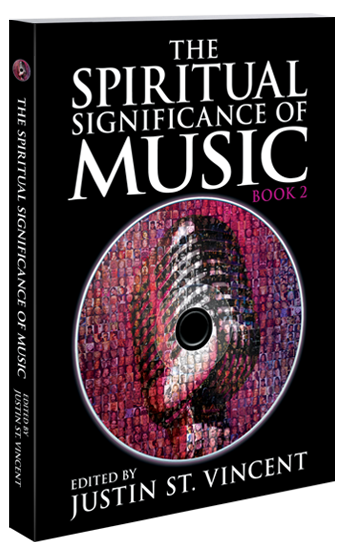Lew Paxton Price
// author, flautist & flute artisanLEW PAXTON PRICE is an author, flautist, and flute artisan from Garden Valley, California. His books “Astrology: The Music Of Life” (1984), “Native North American Flutes” (1990), “Secrets Of The Flute” (1991), “Dimensions In Astrology” (1992 & 1986), “The Oldest Magic” (1995), “More Secrets Of The Flute” (1997), books series “Creating And Using” (1994-1998), and “Behind Light’s Illusion” (1999-2001) are all independently released, with some available online at OregonFluteStore.com and Lew Paxton Price’s website.
Website: www.lewpaxtonprice.us
Photo: Lew Paxton Price
Interview:
Music is a side-effect of our vibration-sensing mechanism. It can be used for good or ill. The mechanism itself is a means of providing us with different types of “weather” in our journeys through life. Life on Earth, from the beginning, required a means of coordinating with the universe. Natural frequencies were a means of coordination. As time passed, organisms developed internal clocks that usually remained synchronized with the external world. These clocks could be reset as necessary and continued to function, telling the organisms when to sleep, when to awaken, when to procreate, when to migrate, when to stay, and when to prepare to hibernate. It was as if the universe were a giant computer, the solar system an organism within it, and its inhabitants operating as a whole to create a coherent web of life. This was necessary for the fittest to survive. Those organisms who were not capable of working in harmony did not survive. Research with the Siberian Hamster has shown that when the nerves between the pineal body and the hypothalamus are cut, the animal loses its ability to properly time its actions. When unable to time its actions, the hamster dies. Physiologically, the pineal seems to be an eye that senses frequencies outside the range of visible light, which implies that there are frequencies which govern the hamster’s actions. The key to music is our pineal and pituitary glands and the receptivity in our brains.
What we call music is a side-effect in the sense that we hear it when it is found within certain octaves. In a broader sense, cycles – even slow ones like that from sunset to sunset – are a form of music. Colors are many octaves above our hearing range, but they are a form of music. Scientists have discovered that there are tones made in certain celestial bodies that are lower in frequency than any other “sound” in the universe. One may say that everything in the universe has its own form of music. There is harmony between some parts and cacophony between other parts. There is a tendency to adjust cacophony to harmony, so even the planetary orbits adjust with time to create harmony. Cyclic motion is a necessary part of the universe, and cyclic motion is music even though our ears may not detect it as such. Yet, if the music were to stop the universe would cease to exist.
“If the music were to stop the universe would cease to exist.”
– Lew Paxton Price, author of “Astrology: The Music Of Life”


